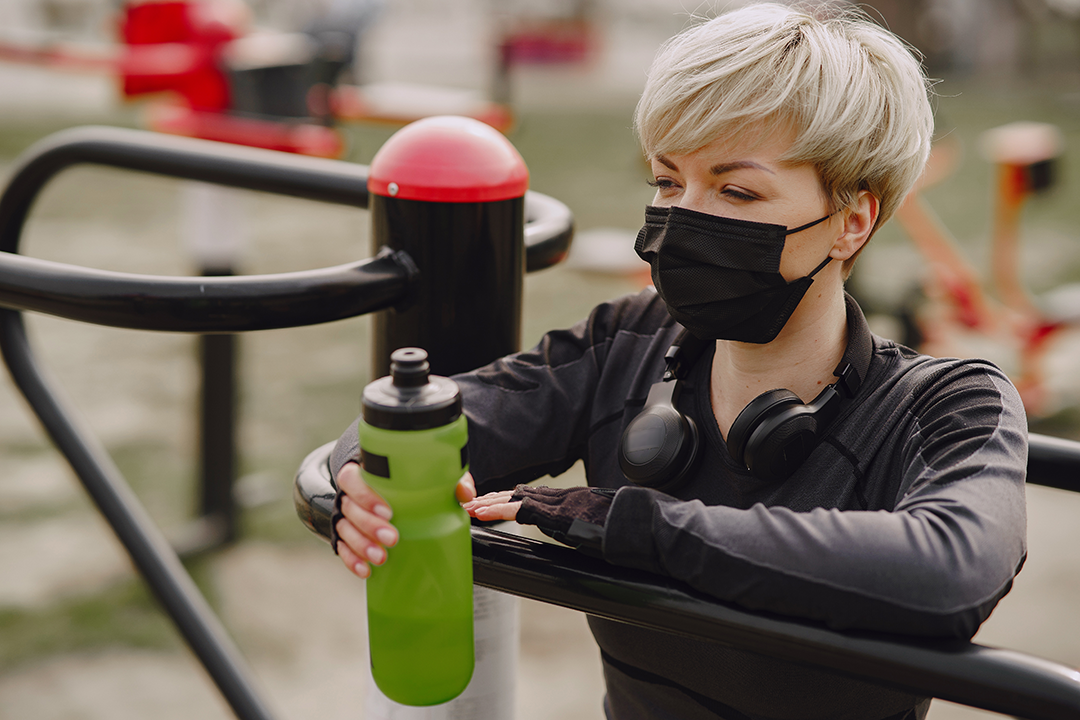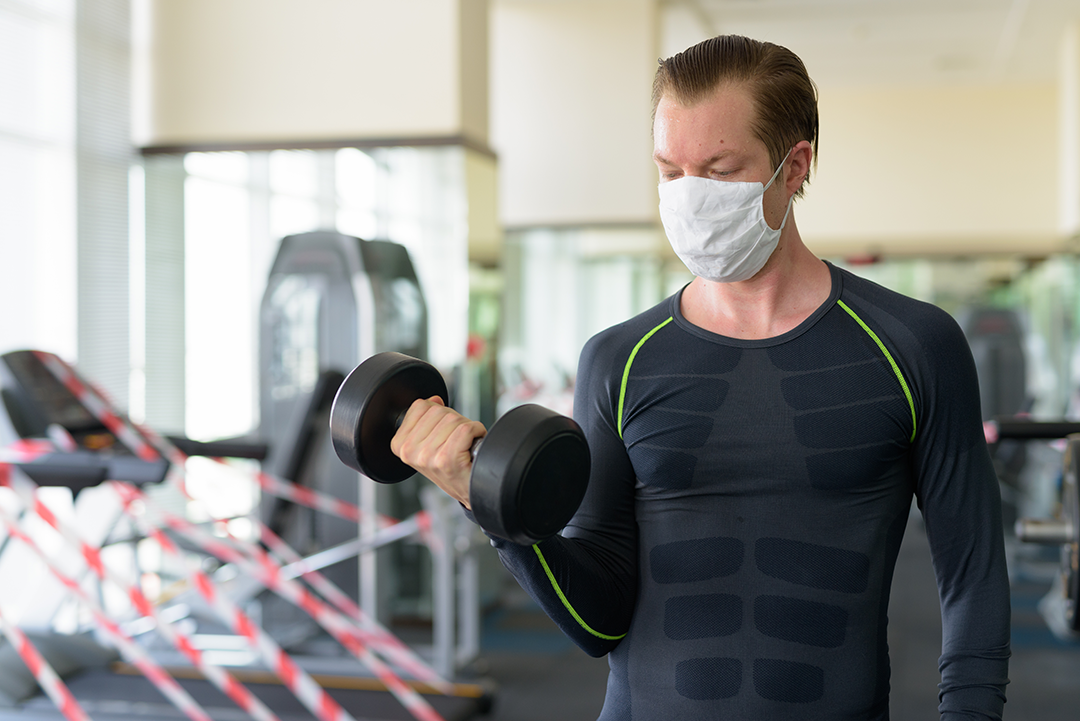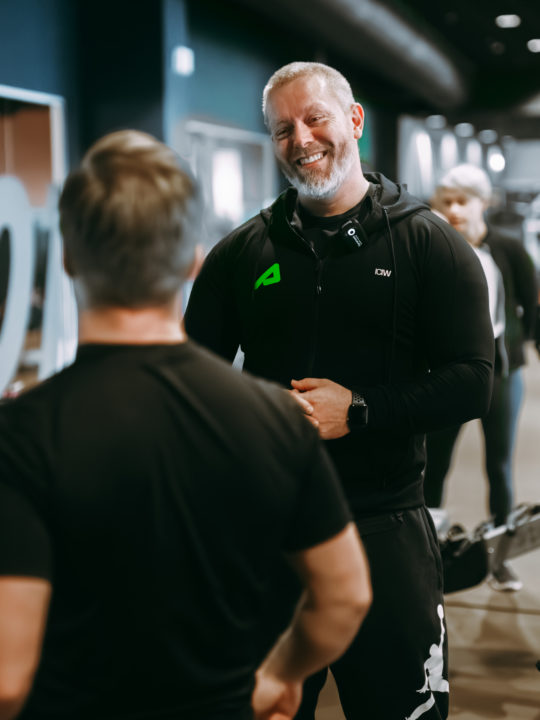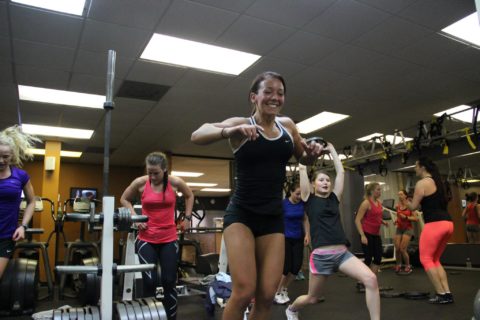To jointly address the rapid progression of chronic diseases and skyrocketing healthcare costs, Exercise is Medicine® is working with a new international collaboration to bring together healthcare systems, providers, fitness professionals and community resources across the US to better integrate physical activity into the nation’s healthcare.
Exercise is Medicine® is a global health initiative managed by the American College of Sports Medicine (ACSM), along with the American Council on Exercise (ACE) and the Medical Fitness Association (MFA). This partnership represents nearly 50 percent of certified fitness professionals worldwide.
“Too few health systems and health care providers routinely include physical activity as part of their patient’s treatment plans,” says Felipe Lobelo, MD, Ph.D., Director Exercise is Medicine® Global Research and Collaboration Center.
“Our goal is to elevate the status of physical activity so that it becomes a standard on health care. If we truly believe that exercise is indeed medicine, then physical activity-related care needs to be standardized, from patient activity assessments as a vital sign, to counseling and referrals to certified community resources meeting high quality control standards, just as other medical therapies and interventions are standardized.”
EIM is now working towards health systems in the United States to adopt the EIM Solution. Components in the EIM solution include:
- Incorporating Exercise is Medicine as required teaching into all four years of curriculum to educate future physicians on the health benefits of exercise.
- Incorporating physical activity as a vital sign in their EPIC Electronic Medical Record (EMR)
- Using EIM Your Prescription for Health patient education material in the EPIC EMR
- Employing a full-time EIM Coordinator to take patient referrals and work with them to refer to either Greenville Healthcare System Medical Fitness Center or one of the Greenville community Y locations
- Onboarding Coordinator at the Y will receive all patient referrals, meet with them for onboarding and assign them to an EIM group physical activity class
“This initiative mobilizes all of our nation’s resources to embrace the health promises of physical activity,” says American Council on Exercise Chief Science Officer Cedric Bryant, Ph.D. “The strategy of simply recommending people exercise hasn’t been enough. We are helping to facilitate the integration of fitness directly into our nation’s infrastructure, our healthcare system and our communities.”
Despite international efforts to encourage exercise, physical inactivity remains the fourth leading risk factor for death worldwide and 82.7 million Americans lead sedentary lifestyles. Exercise is Medicine® promises to improve health across the nation and reduce the direct costs of physical inactivity, which are predicted to increase from the current $24 billion to $191.7 billion by 2030.
“Many of the most common health issues today can be directly tied to sedentary lifestyles,” says Jim Whitehead, CEO of the American College of Sports Medicine. “We know that physical activity is one of the best tools we have to solve our chronic disease epidemic, but until now our nation hasn’t been able to implement fitness successfully. Exercise is Medicine® is a major step forward in solving this crisis.”
The Exercise is Medicine® initiative began in 2007 to make the scientifically proven benefits of physical activity the standard in the U.S. healthcare system. Through partnerships with international public health, medical and scientific organizations the initiative became a global effort, now with seven regional centers and 43 national centers internationally.
For more information on Exercise is Medicine®, visit exerciseismedicine.org and activeeducation.global




